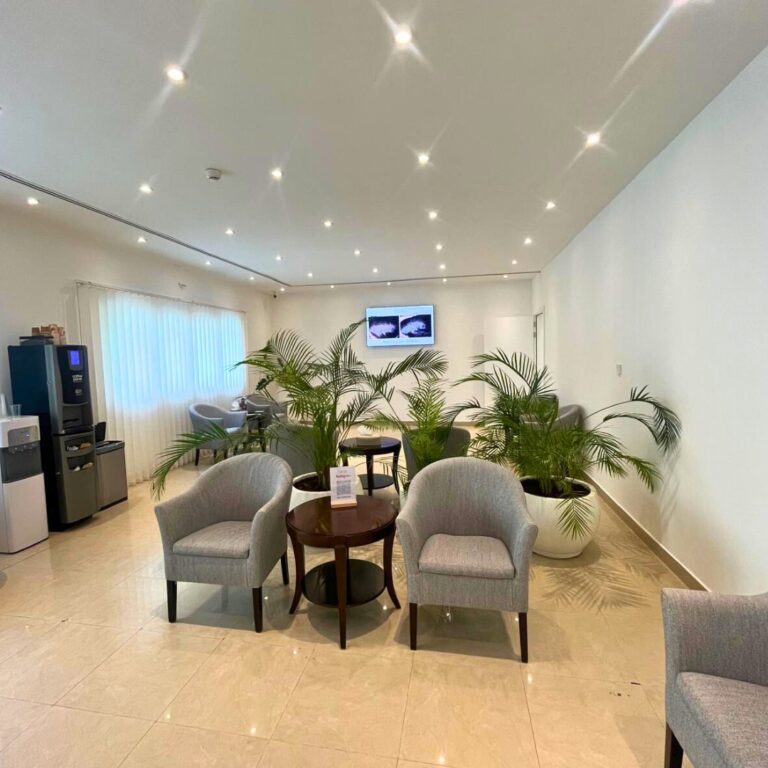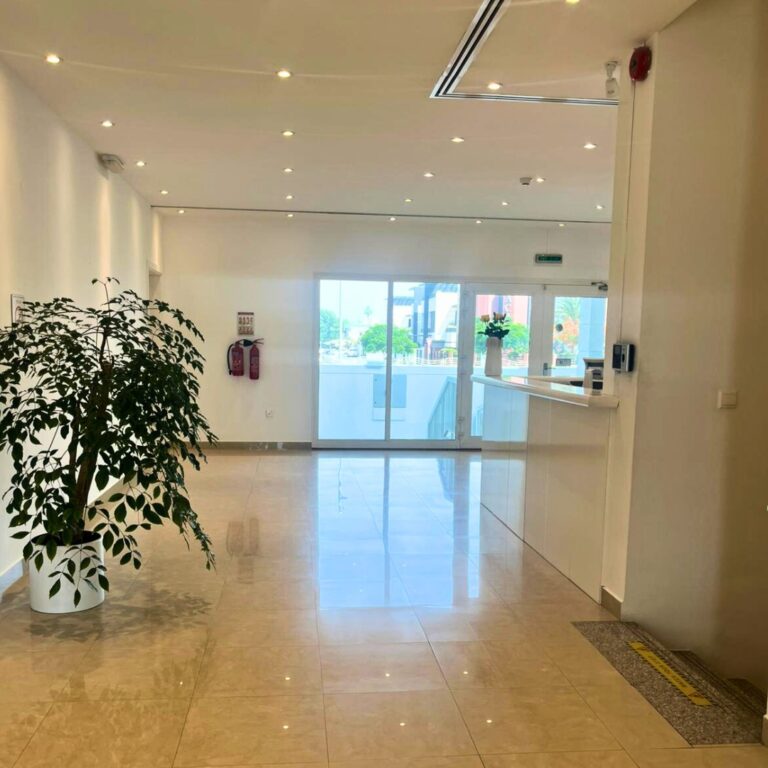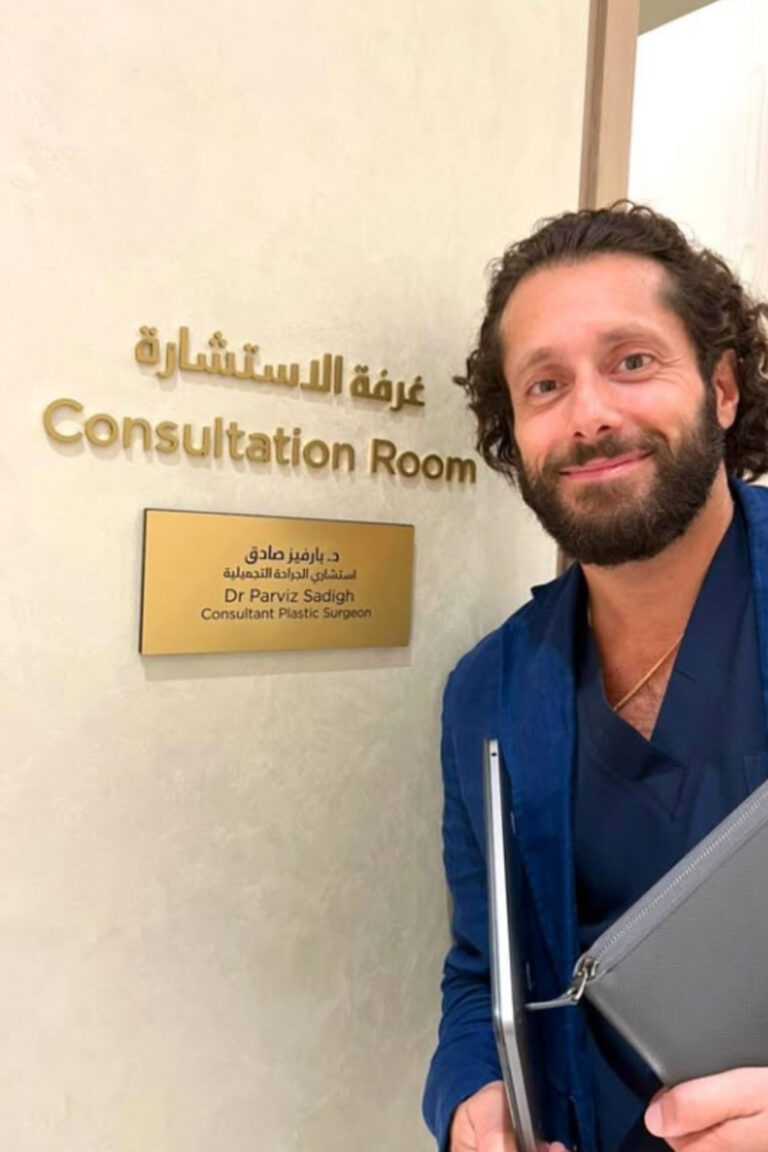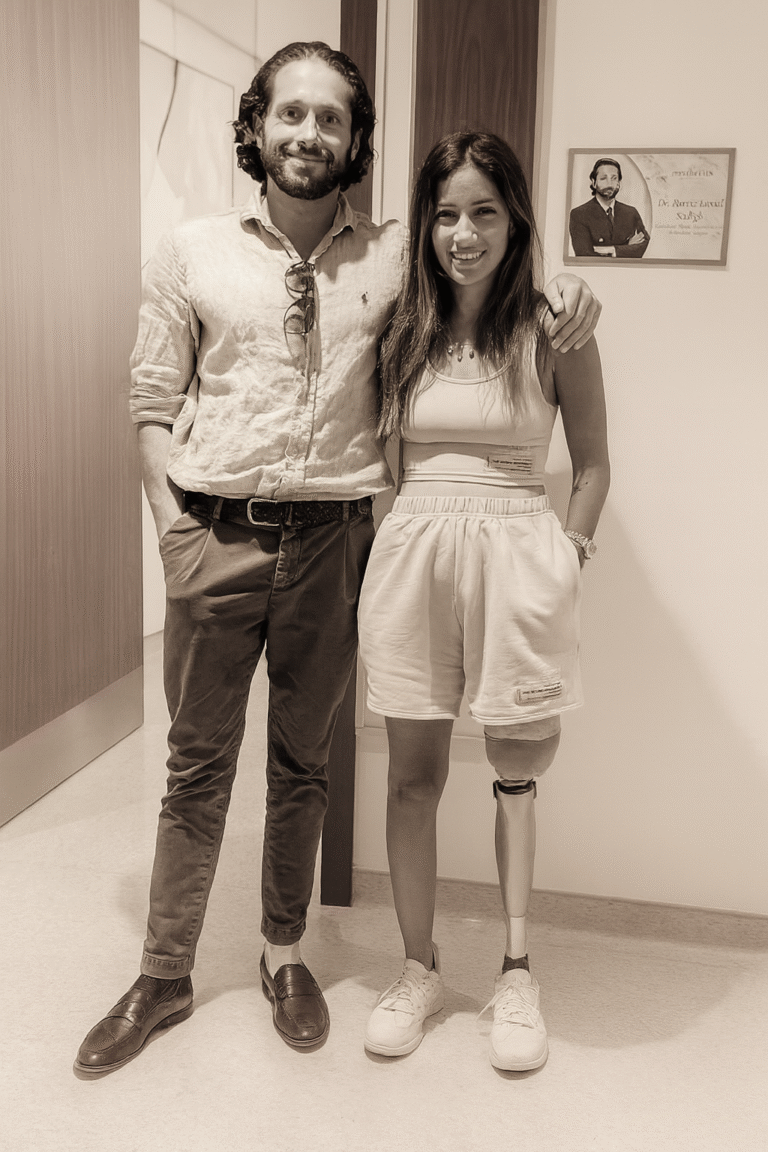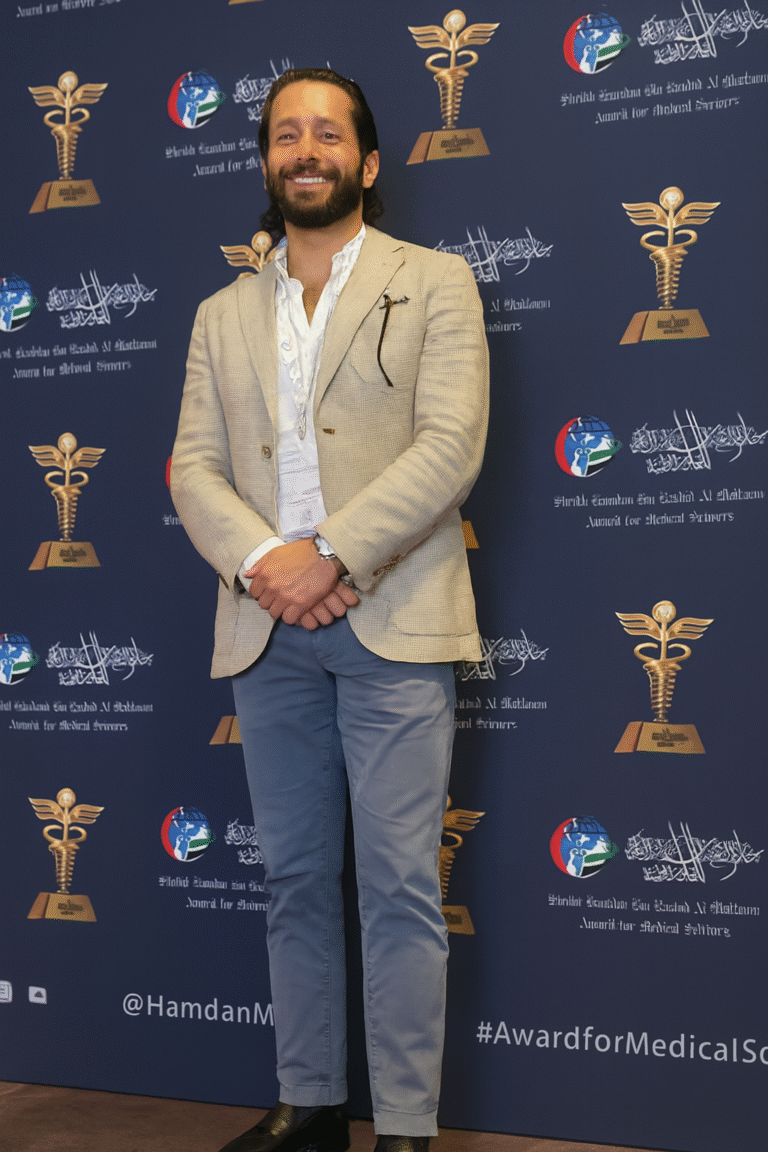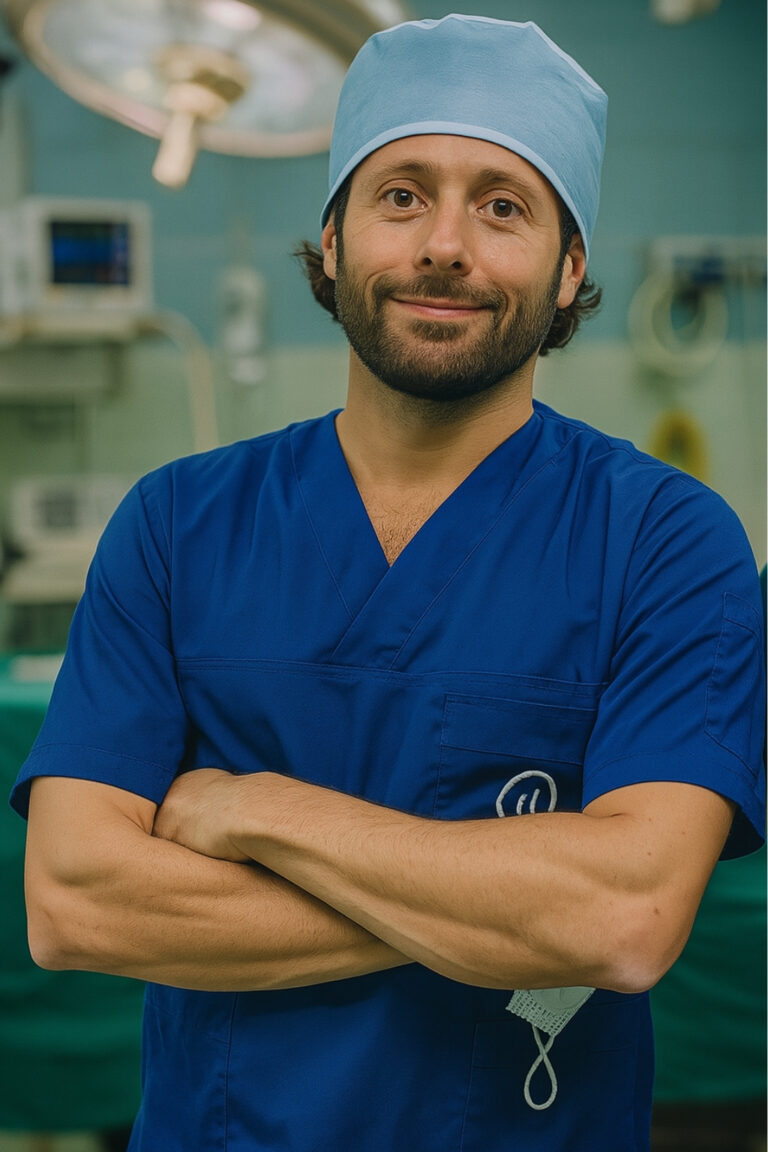British Plastic Surgeon in Dubai
Mole Removal in Dubai
Mole removal is one of the most common minor surgical procedures requested by patients in Dubai. At our clinic, removals are carried out by Dr Parviz Sadigh – a UK-trained Consultant Plastic Surgeon – ensuring clinical safety, cosmetic precision, and full aftercare. Whether your mole is raised, flat, pigmented, or changing, it can be assessed and surgically removed with minimal downtime.
How It Works
Consultation & Assessment
Each mole is first assessed clinically to determine whether removal is appropriate. Dr Sadigh considers the shape, size, colour, and location of the mole – along with your personal concerns and medical history. If there are any concerns about the nature of the mole, histology (lab analysis) may be recommended following removal.
Surgical Technique
Most moles are removed under local anaesthetic using one of two methods: shave excision (for raised or surface-level moles) or ellipse excision (for deeper or larger lesions). Both methods are performed with careful attention to skin tension and scar placement.
Aftercare & Healing
You’ll receive tailored aftercare instructions and a follow-up plan. Absorbable stitches may be used depending on the site, and scarring is typically minimal — especially on the face or areas with good skin healing. In many cases, the procedure takes under 30 minutes.
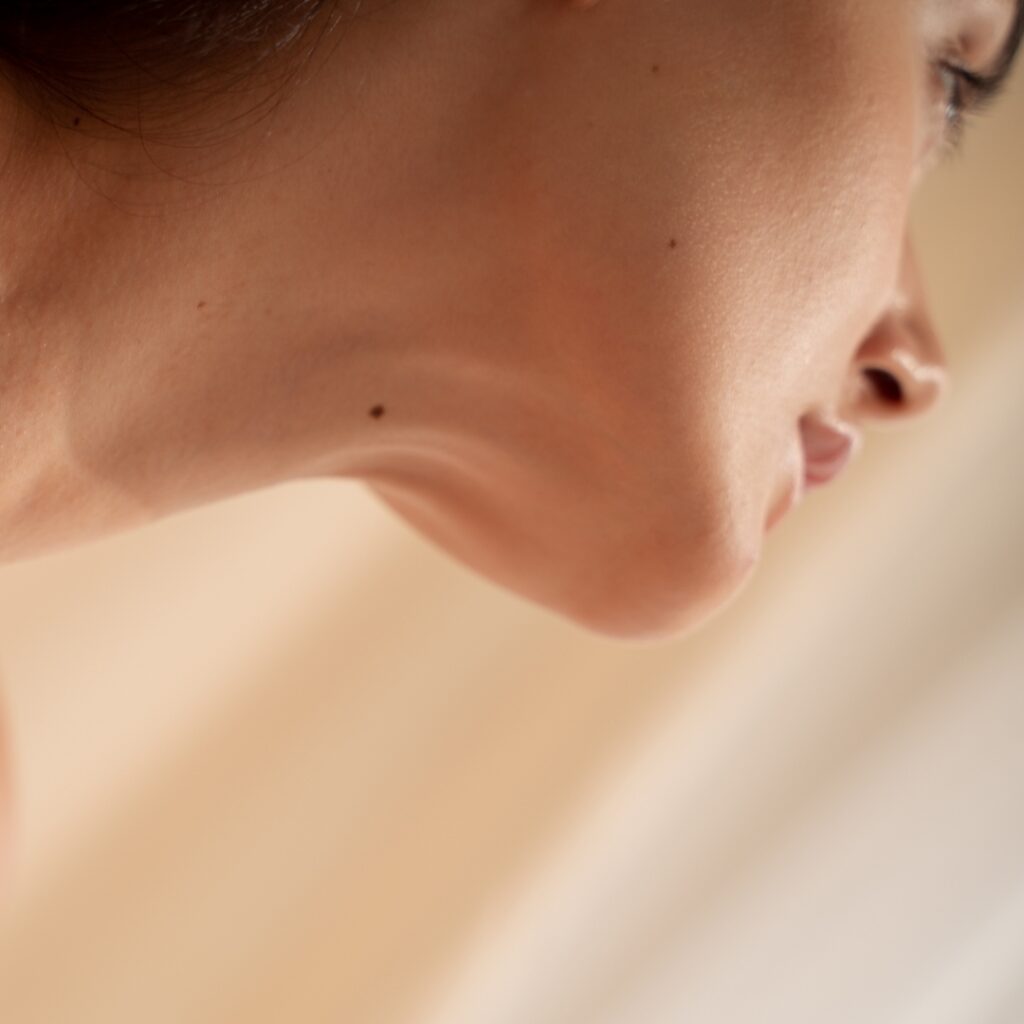
Who It's For
Mole removal may be suitable if:
You want a mole removed for cosmetic reasons
Your mole has changed in size, colour, or shape
The mole catches on clothing or causes irritation
You prefer a plastic surgeon-led procedure for reassurance
You’ve been advised by another doctor to seek removal
You’re seeking a histological (lab-tested) diagnosis post-removal
Types of Mole Removal
Shave Excision
Best for raised moles on areas like the back, arms, or legs. After numbing the area, the mole is shaved flat using a surgical blade. It’s a quick procedure with no stitches needed and usually leaves a subtle scar.
Ellipse Excision
Used for flat or deep moles, especially on areas like the chest, thighs, or shoulders. The mole is cut out in an elliptical shape along with a margin of healthy tissue, then stitched neatly to promote a fine-line scar. Suitable when full removal and lab analysis are required.
Punch Excision
Often chosen for small moles on areas like the scalp or forearms. A circular tool removes the mole in one motion. Healing is generally quick, with stitches used depending on the mole’s depth.
Facial Mole Removal
Facial moles require careful technique to avoid distortion and minimise scarring. Depending on the mole’s size, location (cheek, jawline, nose, etc.), and depth, either shave or ellipse excision is used. Dr Parviz Sadigh ensures facial symmetry and scar placement are prioritised.
Frequently Asked Questions
How long does the procedure take?
Most removals take around 20–30 minutes, depending on the number and type of moles.
Is mole removal painful?
No. A local anaesthetic is used to numb the area completely. You may feel mild pressure but no pain during the procedure.
Will there be a scar?
All skin surgery carries a risk of scarring, but Dr Sadigh’s approach aims to minimise scarring using precise techniques and layered closure where appropriate.
Do I need to get the mole tested?
If there are any clinical concerns, your mole can be sent for histology. This is often recommended for larger or newly changed moles.
Can I have multiple moles removed in one session?
Yes, this can be discussed during your consultation depending on the number and locations.
How soon can I return to work?
Most patients return to work the same or next day, depending on the area treated.
Is this the same as laser removal?
No. Laser mole removal is often offered for cosmetic reasons but doesn’t allow for histological testing. Surgical removal ensures complete excision and testing if needed.

